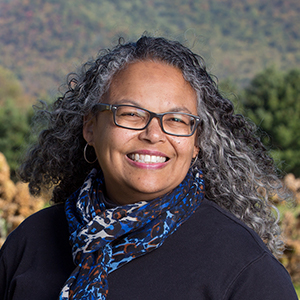Decisions and fates
Is it possible to build a functional cell from scratch? If so, what are the minimum components needed, and what molecular mechanisms are necessary to control their behavior and ensure they function in a coordinated manner?
Talks
- Mechanical principles of nuclear shaping and positioning — Tanmay Lele, University of Florida
- Longitudinal analysis of genetic networks as determinants of lifespan in C. elegans — Adriana San-Miguel, North Carolina State University
- Clocks, hourglasses and history-dependent clocks — Arvind Murugan, University of Illinois, Chicago
- Synthetic NF-kB: A building approach to study complex signaling behaviors — Ping Wei, Center for Quantitative Biology, Peking University
- Computational approaches to predicting transcription factor binding and kinetics — Polly Fordyce, Stanford University
- Synthetic genetic circuits — Domitilla Del Vecchio, Massachusetts Institute of Technology
How do cells make the decisions that determine their fate and the fate of the organisms they constitute?
These and other fundamental questions about the rules of life are the focus of this track. The answers to these questions have the potential to uncover the molecular rules that govern life as we know it. Although this is fascinating on its own, the answers to these questions also will provide insights into the molecular mechanisms underlying health and disease. It is only in the past two decades that we have had the molecular tools and instrumentation necessary to ask these questions.
The speakers in this track use computational, modeling and good old-fashioned biochemistry and molecular biology approaches to capture dynamic data, analyze changes over time and make predictions about responses and behaviors that would not be possible with experimental approaches alone.
Keywords: computation, modeling, cell fate, cell decision, signal transduction, synthetic cell.
Who should attend: biochemists, molecular biologists, computational biologists and cell biologists interested in the fundamental rules that govern life as we know it.
Theme song: “It’s the End of the World as We Know It” by R.E.M.
This track is powered by interdisciplinary biochemical, molecular and computational approaches.
(Sponsored by the ASBMB Minority Affairs Committee.)
Enjoy reading ASBMB Today?
Become a member to receive the print edition four times a year and the digital edition monthly.
Learn moreFeatured jobs
from the ASBMB career center
Get the latest from ASBMB Today
Enter your email address, and we’ll send you a weekly email with recent articles, interviews and more.
Latest in Careers
Careers highlights or most popular articles

Mapping proteins, one side chain at a time
Roland Dunbrack Jr. will receive the ASBMB DeLano Award for Computational Biosciences at the ASBMB Annual Meeting, March 7–10, just outside of Washington, D.C.

Exploring the link between lipids and longevity
Meng Wang will present her work on metabolism and aging at the ASBMB Annual Meeting, March 7-10, just outside of Washington, D.C.

Upcoming opportunities
Calling all biochemistry and molecular biology educators! Share your teaching experiences and insights in ASBMB Today’s essay series. Submit your essay or pitch by Jan. 15, 2026.

Defining a ‘crucial gatekeeper’ of lipid metabolism
George Carman receives the Herbert Tabor Research Award at the ASBMB Annual Meeting, March 7–10, just outside of Washington, D.C.

Building the blueprint to block HIV
Wesley Sundquist will present his work on the HIV capsid and revolutionary drug, Lenacapavir, at the ASBMB Annual Meeting, March 7–10, in Maryland.

Upcoming opportunities
Present your research alongside other outstanding scientists. The #ASBMB26 late-breaking abstract deadline is Jan. 15.

